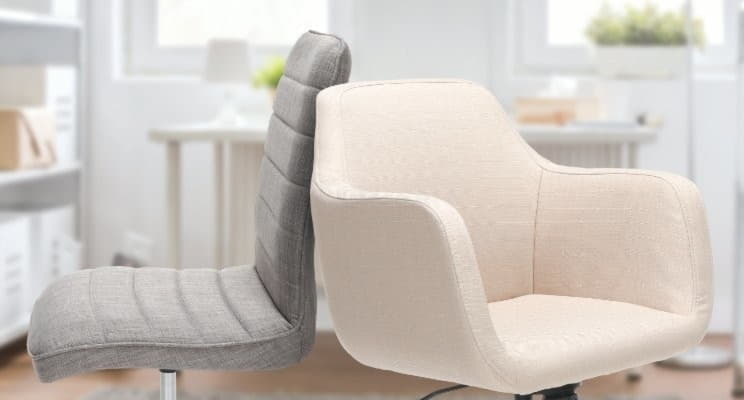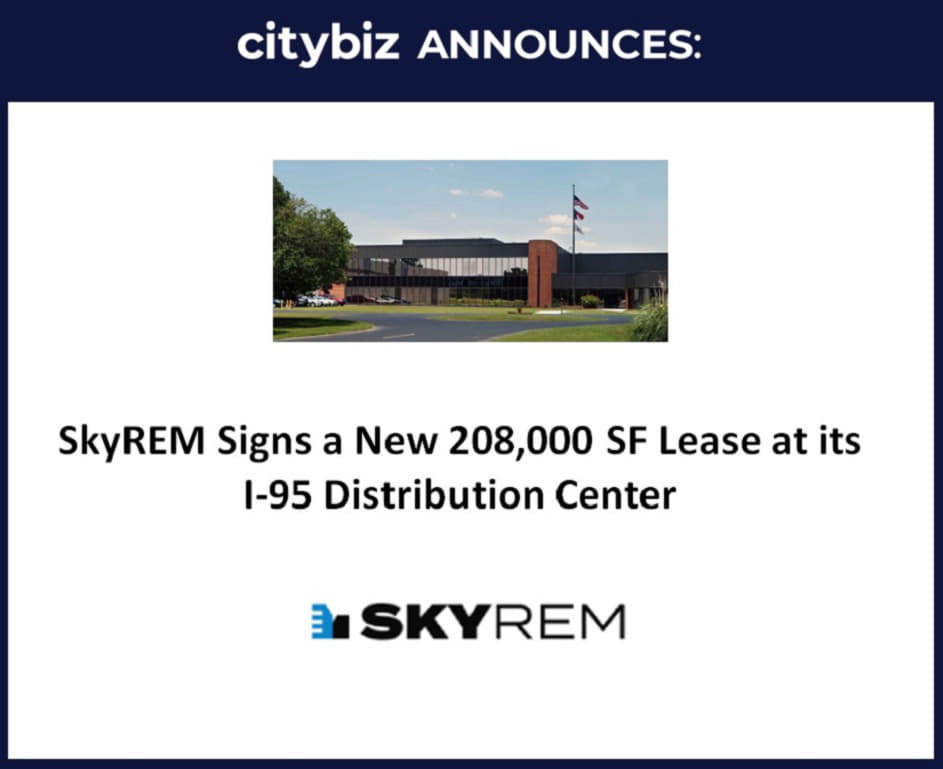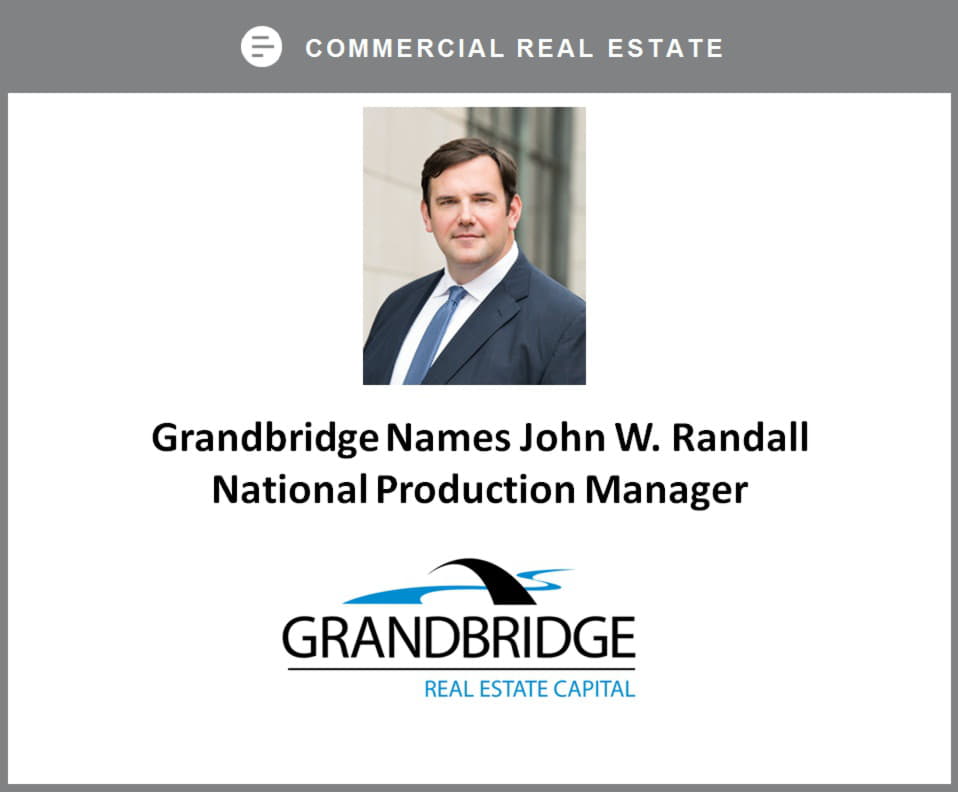
When running a business, it’s the things you can’t see that determine your success: your company’s culture and values, a smart business model, employees who are competent and driven.
Farther down the list is your actual office.
The physical embodiment of your company’s culture, your workplace helps set the tone for how people work with each other. But it doesn’t matter if you don’t already have solid business values.
Whether you are getting ready to start a business, move to a new location, or redesign an existing workspace, it’s important to stop and think about what those values are, and how you can best encourage them with your design.
Here are 11 questions to ask yourself before designing—or redesigning—your workplace:
1. What is your internal culture and approach like to recruitment and retention? Start by looking at your business model, your office culture and your general hiring practices and business goals. Then, as a starting point, think about the design choices that will encourage those values.
2. What is your management structure? If your company has a flat hierarchy, you may want more of an open office and nicer common areas. If your company has more of a structured management, you may want to balance open plan and closed spaces to be used by all, periodically.
3. How will your company scale in size over the next 1, 3, or 5 year periods? It doesn’t matter whether you’re a small family firm or a major corporation, the question is where you’re headed. If you expect to grow quickly, you’ll need to leave room for expansion. If you may downsize, you’ll want to avoid leaving huge blocks of unoccupied space, both for cost and morale reasons.
4. Does your business model rely on internal collaboration? If your employees are engaged in constant collaboration with team members, you’ll want to make sure your furniture provides flexibility and mobility. Charging capability, whiteboard surfaces, and general comfort will make these places within your office a “must-use” location.
5. Do clients or business partners ever visit? If you expect important guests to come by, even occasionally, you’ll want to have an impressive reception area, a nice boardroom or other meeting area with small touches like custom artwork to help make a good first impression.
6. Do customers or team members have any special needs? If you have a waiting area for customers in your workplace, is it comfortable? Do you have an accessible bathroom? Is there space for them to work on a laptop, keep a child occupied or just sit quietly and drink coffee? How many people does it need to accommodate?
7. Are there areas within the organization in which sensitive information is stored? If your employees are handling people’s financial, legal or personal issues, it may be more important to convey seriousness to both your employees and clients who visit the workplace. Consider more private offices, darker colors, and more traditional furniture in those specific spaces.
8. Is serendipity valuable? Some companies have found that it’s helpful to have workers from different departments become friendly. One way to do that is to set up a centrally located coffee bar or have an office cafeteria. Steve Jobs put the bathrooms at Pixar in one place to encourage serendipitous encounters.
9. How do your employees get to work? Do most employees take a subway or other mass transit system or drive a car? Does anyone bike to work? Do you want to encourage one form of transportation over another? Do you need space for bike racks in the workplace? A place to stash umbrellas in the winter?
10. Do you ever have all-hands emergencies? If your business is one where a crisis occasionally breaks out and must be handled by everyone, you may want to consider a more open office where a top manager can quickly get to the middle of the room and get everyone’s attention.
11. Where will your employees eat? Will most workers go out to lunch or eat in the office? Will you be providing free fruit or coffee to keep workers productive? Do you need a cafeteria? Will your cafeteria be a place where employees meet for casual conversations or get work done?
These are just a few questions to consider. Businesses change, and you may find that your office needs change with them. But whatever decisions you make, the most important thing is not the specific answers but taking a thoughtful approach to the questions.
After all, if your company doesn’t have the right culture and values, all the office furniture in the world won’t make a difference.
Blake Zalcberg is president of OFM, a family-run furniture manufacturer and distributor headquartered in North Carolina with distribution centers there and in California, Kansas, Pennsylvania, and Washington state. For more than twenty years, it has provided affordable and quality furniture through a nationwide dealer network, offering the latest concepts and designs for a variety of markets including home and hospitality, businesses and government, and health care and education. Working with manufacturers in Mexico, Taiwan and China, OFM designs furniture to meet the highest industry standards which are sold through a variety of retailers, mail-order catalogs, and online dealers including Staples, Wayfair, Overstock, and National Business Furniture. To learn more about OFM, visit: http://www.ofminc.com






